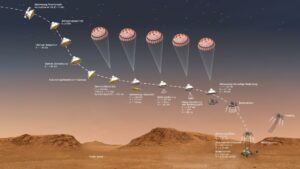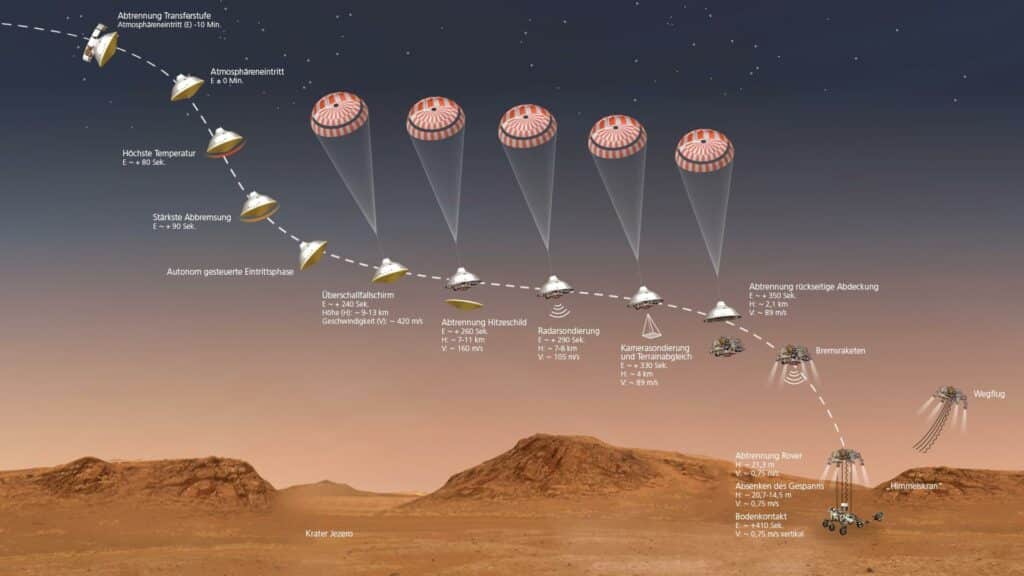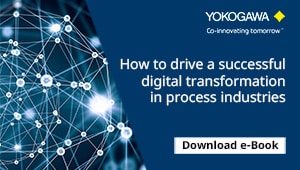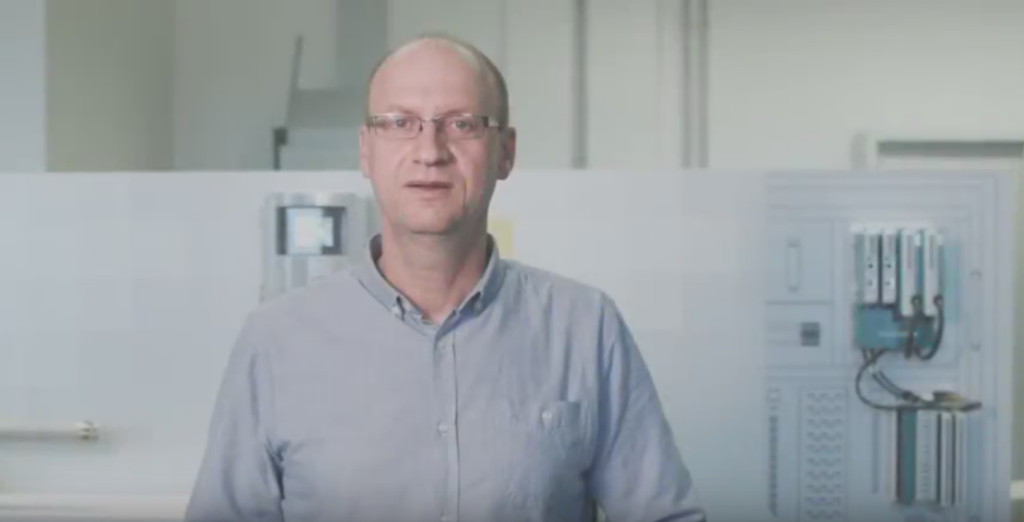Artificial intelligence, machine learning, information retrieval and data mining are all buzzwords used for autonomous systems within the process industry. But, are autonomous systems the future in the process industry and, therefore, practically the next step after automation? In my last post, I mentioned that I see the beginning of a transformation in automation moving towards autonomous industrial systems.
But why am I so confident that this transformation will happen? First, let’s take another look at where autonomous systems/solutions have already been incorporated into our everyday lives.
Are there already applications for autonomous systems?
Sure, the first thing that comes to mind is autonomous vehicles, whether it’s buses that have now found their place in public transportation concepts or electric cars and trucks from various manufacturers.
We can use robot vacuums at home that are better at responding to the environment based on algorithms. But there are also applications in the area of ecology, namely in bird research. A team of researchers in New Zealand, for example, has developed an AI solution to identify and count endangered species of birds based on their songs. The challenge is to find out whether three different birds of the same species are singing in a row or whether it’s the same bird simply striking up his song three times in a row.
- If you’re interested in this ecology AI solution, read more here.
- Want to hear the call of the great spotted Kiwi again? Read here.
Autonomous Mars Landing
The most prominent and simultaneously remarkable example of autonomy these days is the successful Mars landing by NASA’s “Perseverance” mobile high-tech lab in mid-February. This triumphant landing impressively demonstrated what autonomous systems today are capable of. After travelling 472 million kilometres, the system had to perform its landing manoeuvre without any human control. First, the space shuttle with the robot onboard was decelerated from a speed of 19,500 kilometres per hour to zero using its heat shield, parachute and braking thrusters. Then, based on algorithms and equipped with a wide range of qualitative sensors, the space probe successfully placed the lab on the planet’s surface, departing Mars immediately afterwards.
You will find all the details regarding this spectacular astronautic event on the German Aerospace Centre website.

Quelle: https://www.dlr.de/content/de/artikel/news/2021/01/20210215_nasa-marsrover-perseverance-auf-den-spuren-frueheren-lebens.html
Industrial autonomy
Based on the named examples, we see that autonomy means independence and empowerment and a type of self-determined control. With industrial autonomy, plant assets and operations can learn and adapt, which allows for a response with minimal human interaction and enables operators to perform optimisation tasks at a higher level.
The first solutions today can be found outside of the automation pyramid, namely in monitoring and optimisation. Applications can be found in smart maintenance, energy management and augmented decision making.
We’re the robots
Initial successful pilots have also already taken place with robots. These days, robots are autonomously running, driving or flying around, observing and monitoring plant parts as mobile sensors. (Check out our related, more detailed press release: ExRobotics and Yokogawa Collaborate to Accelerate Adoption of Robotics for Inspection of Facilities in Hazardous Environments).So we are already implementing the NASA on Mars (“Perseverance”) use case on a smaller scale in the process industry and no longer just talking about science fiction. Robots and drones are the perfect complement to process measurement technology as mobile sensors are easy to localise. They can also be combined with data from other M+O sensors, such as the Sushi Sensors (you’ll find the detailed article “And the Oscar goes to…Sushi Sensor” here) from Yokogawa. Robots have become indispensable enablers of autonomous process plants.
Open architectures such as the NAMUR Open Architecture make it easier to pool data from the automation pyramid (OT) and the IIoT networks and “feed” these data to the corresponding algorithms.
Operational excellence with new technologies
New technologies are revolutionising how plants are operated, fostering a change. Namely, the one brought about by a more autonomous design of physical tasks and decision-making processes. These technologies range from information technology (IT) to operational technology (OT). Yokogawa’s strength lies in its combination of expertise in both the areas of IT and OT. In the following animation, you will find more areas where industrial autonomy will take hold in the next few years.
Maybe there’s an application for you waiting to be found?
The transcendental step towards symbiotic autonomy
In this context, Yokogawa anticipates an additional transcendental step of “symbiotic autonomy” for entire company divisions. Within this framework, developments are focused on increased collaboration across industries and ecosystems. As, for example, is the case in the energy sector.
With “symbiotic autonomy”, workflows of multiple cooperating ecosystems are combined to look beyond a single individual plant and achieve autonomous interaction of data and resources between individual plants. In a world expecting companies to shape their business activities, taking sustainability and conservation of Earth’s resources into consideration, this approach can present a wealth of benefits for a wide range of stakeholders.
It may take a while until we get used to fully autonomous plants. As humanity today can already operate the mobile “Perseverance” high-tech lab fully autonomously from several hundred million kilometres away, we will also be operating autonomous plants on our home planet with perseverance, provided the cost-benefit ratio is right.
Join us here on this blog to find out more about digital transformation issues in the process industry. Read about what the difference is between automation and autonomy. And about the maturity model, NAMUR Open Architecture, flexible production and use cases for Digital Twins.
In the next blog article in this series, read about “Industrial autonomy vs industrial automation”.






